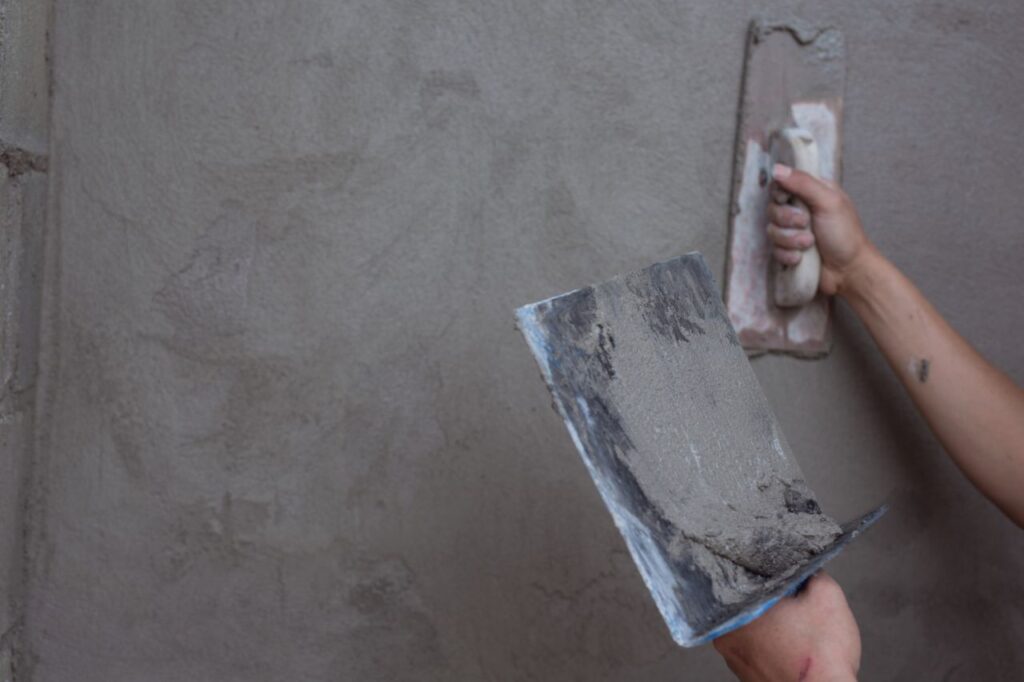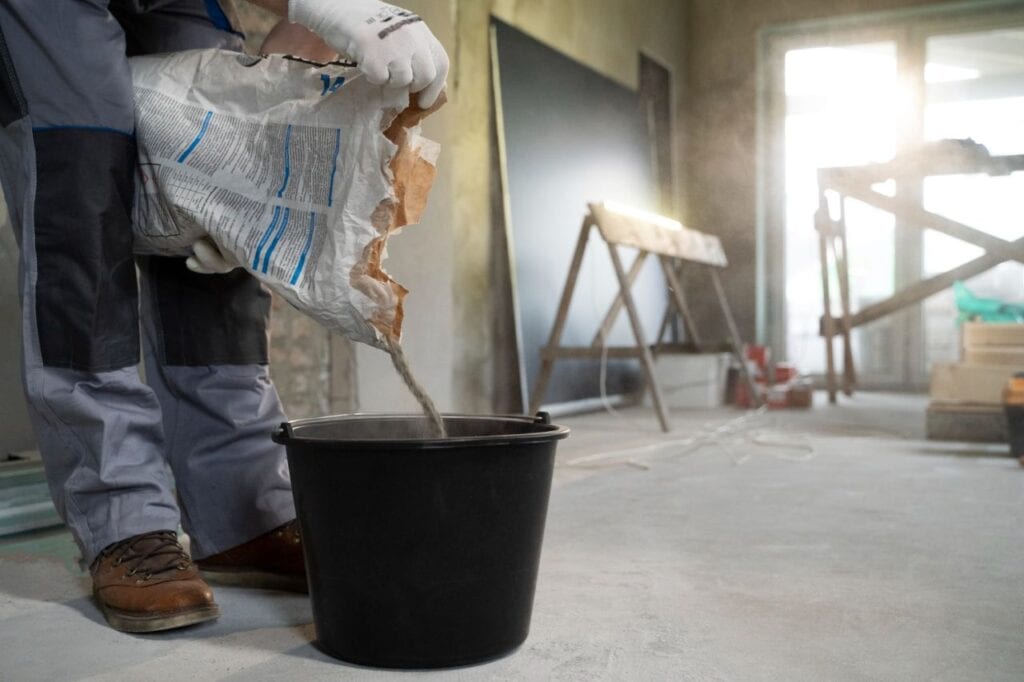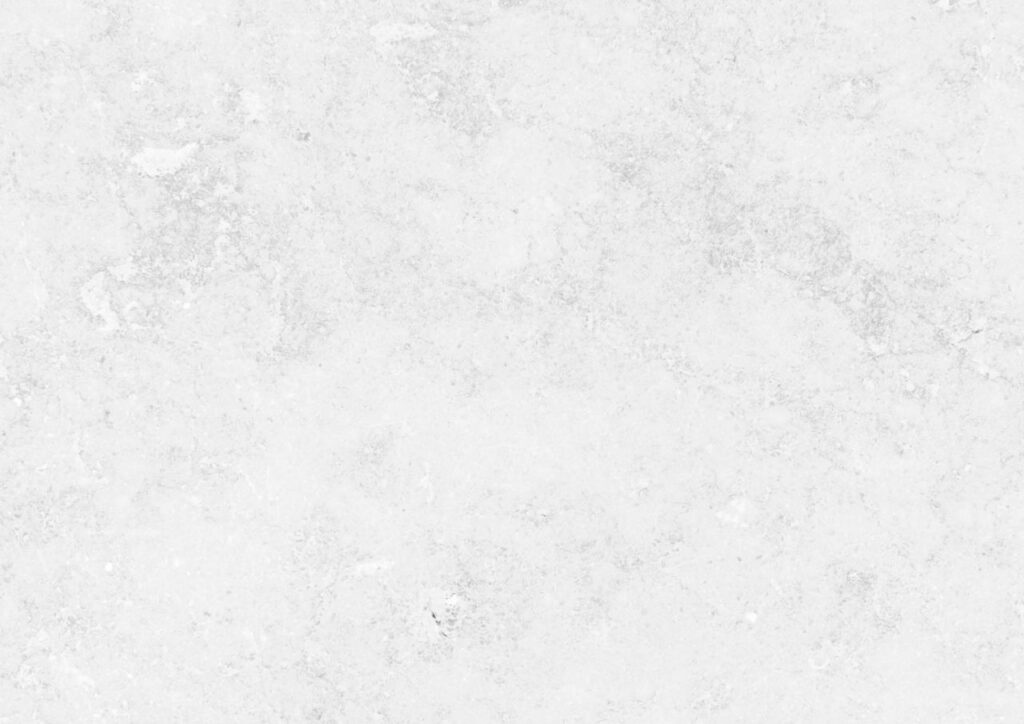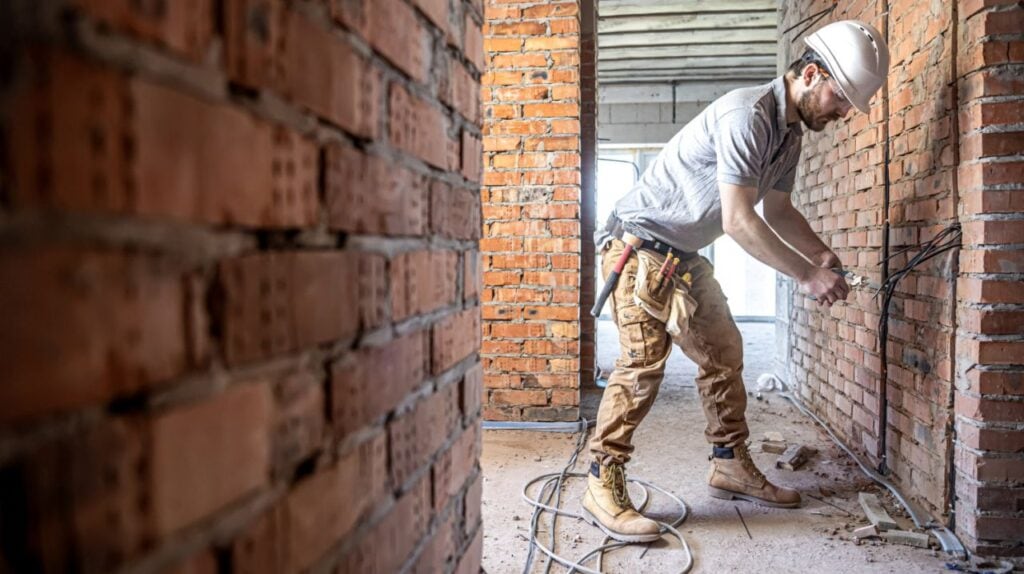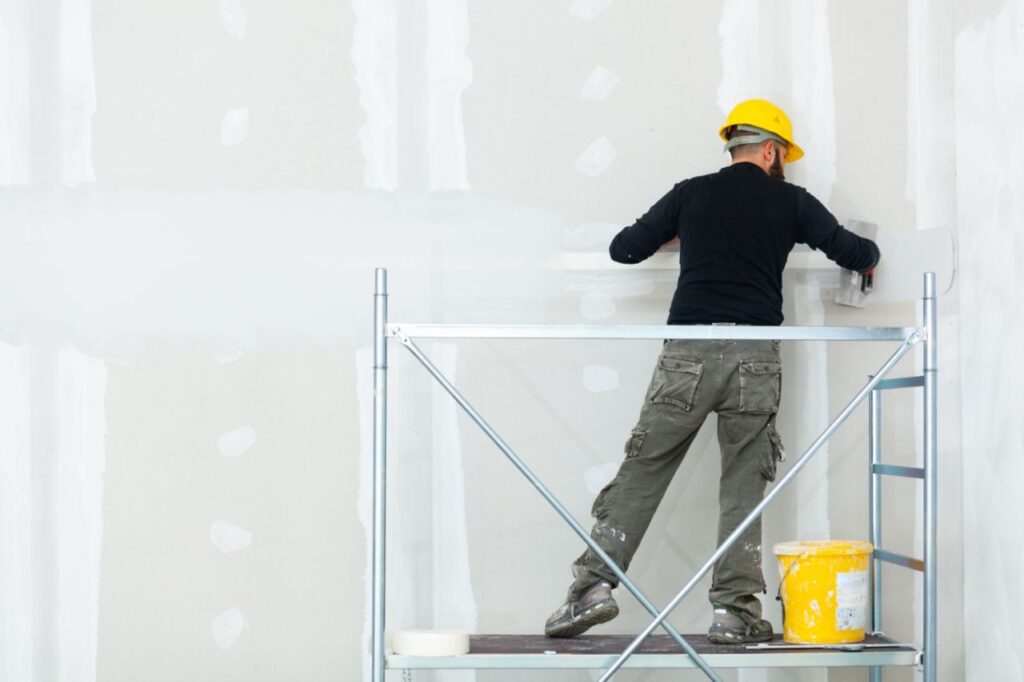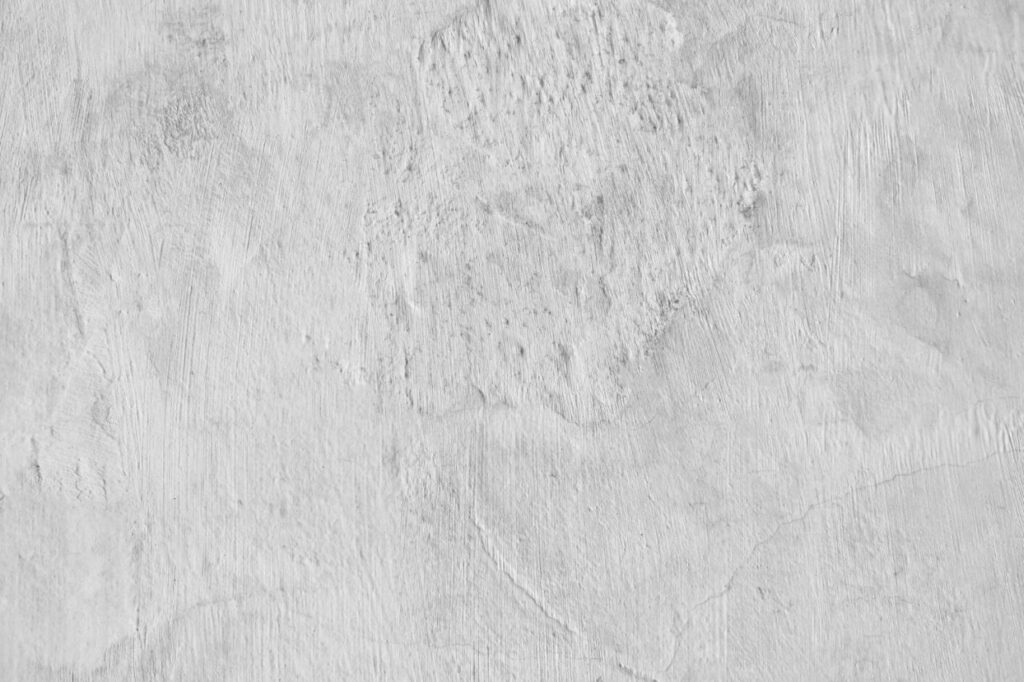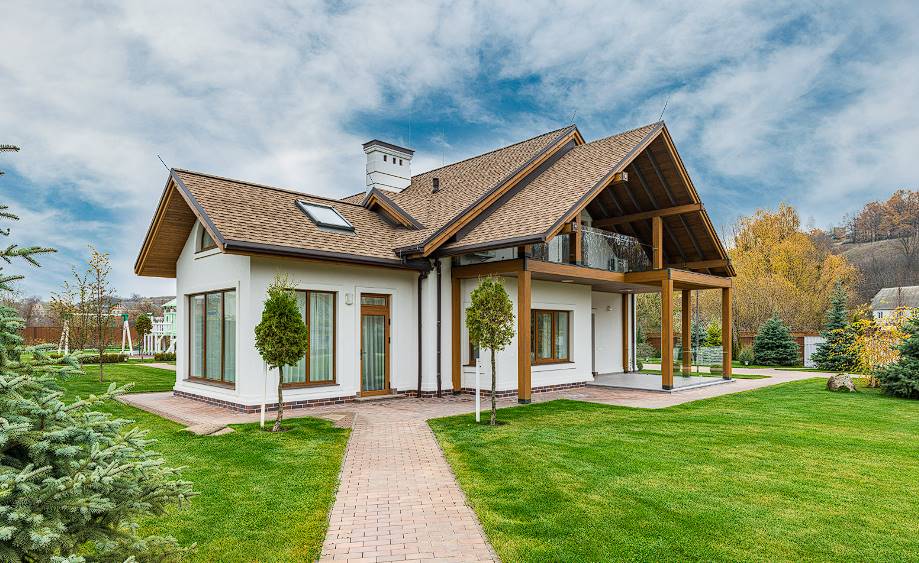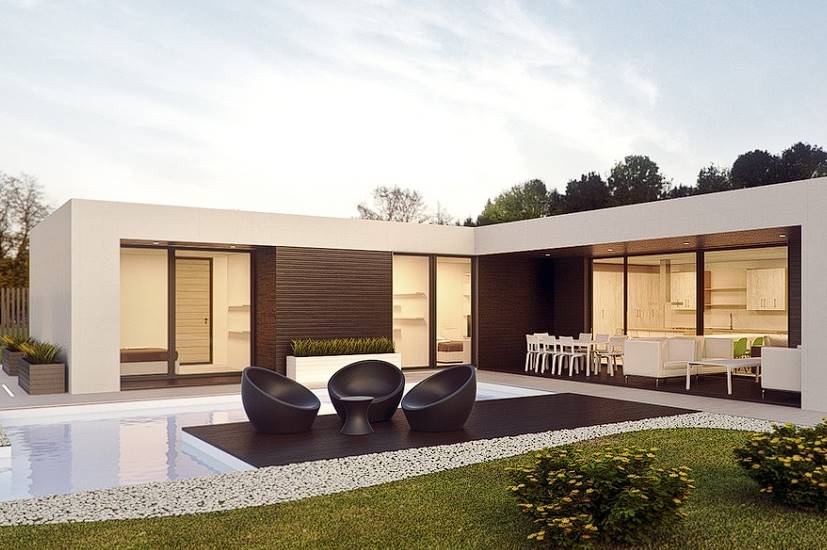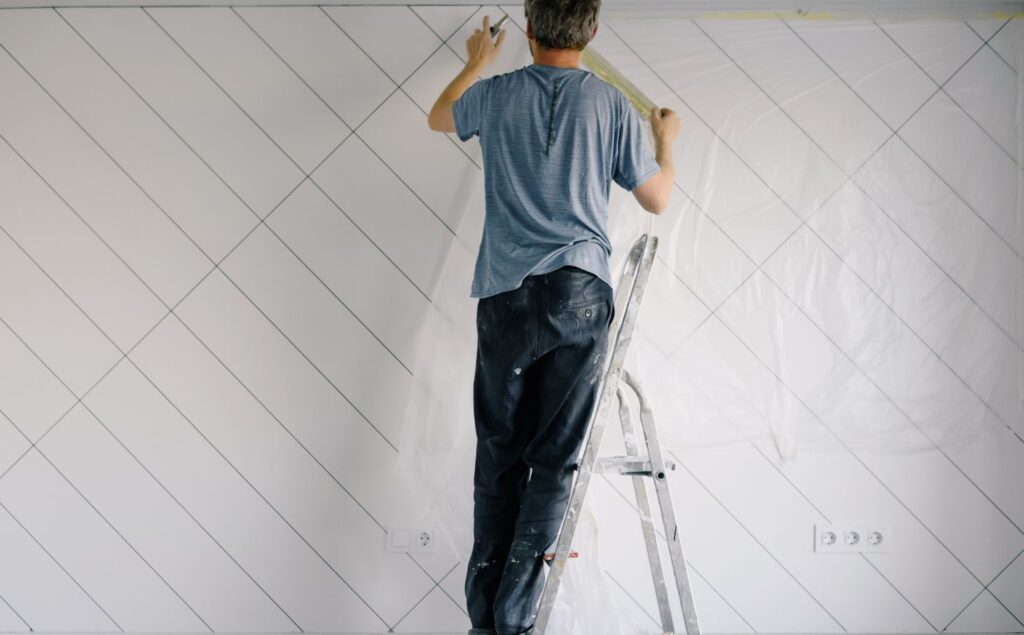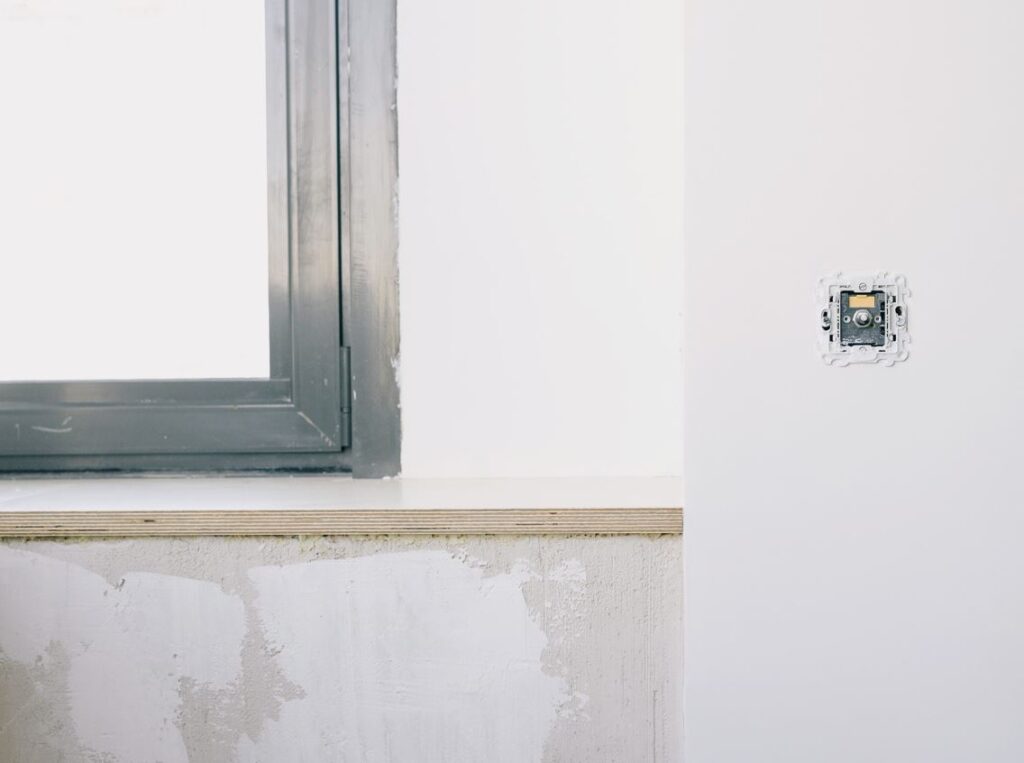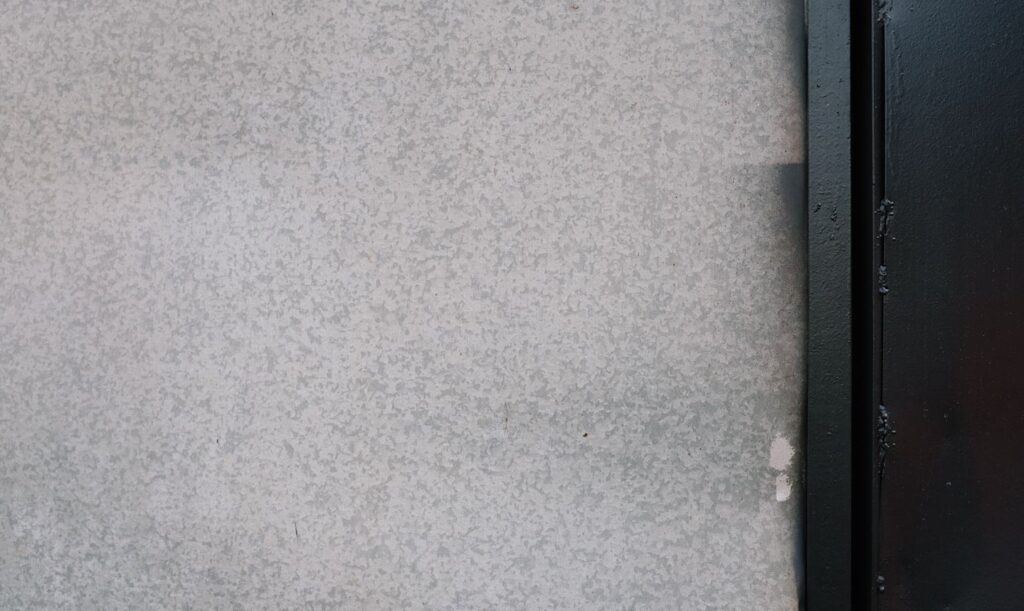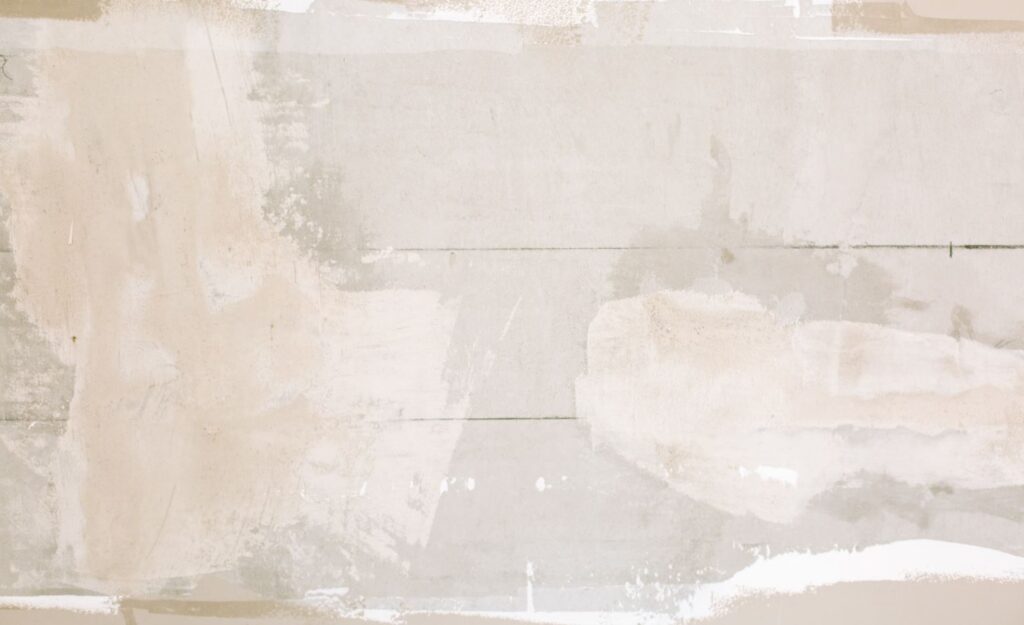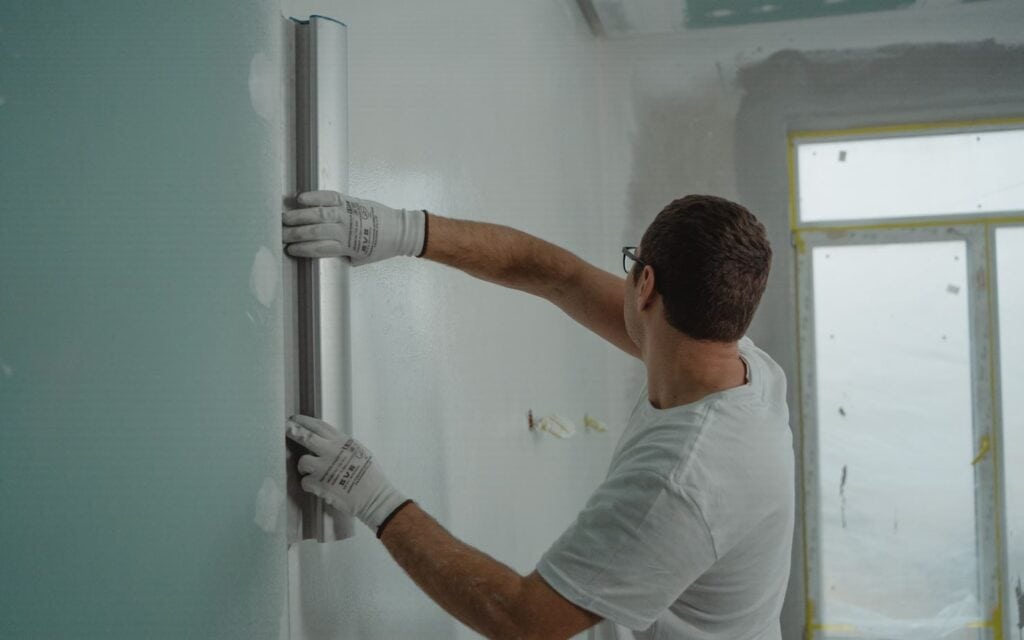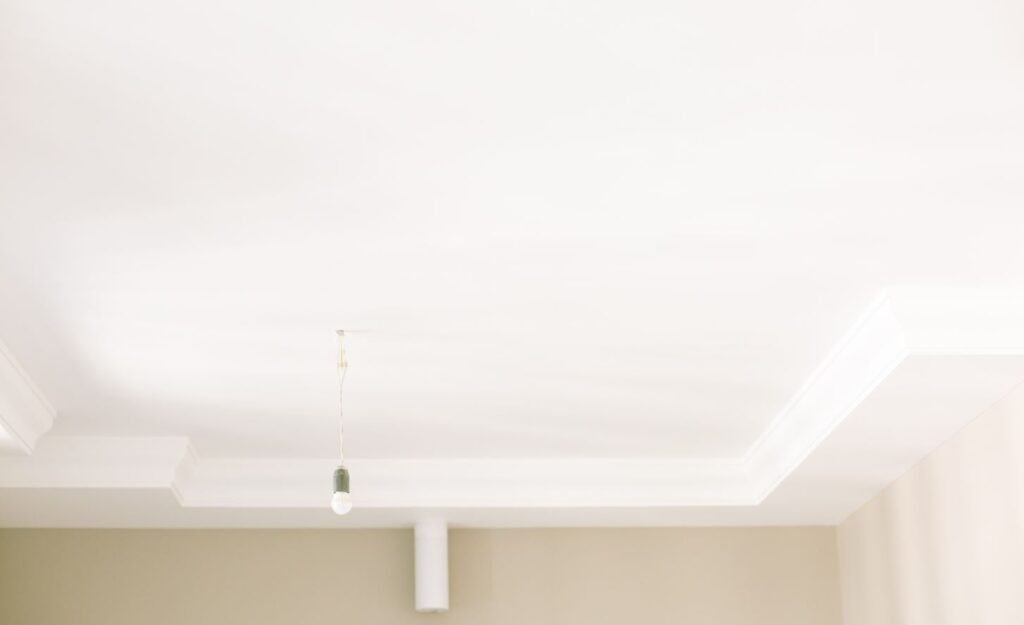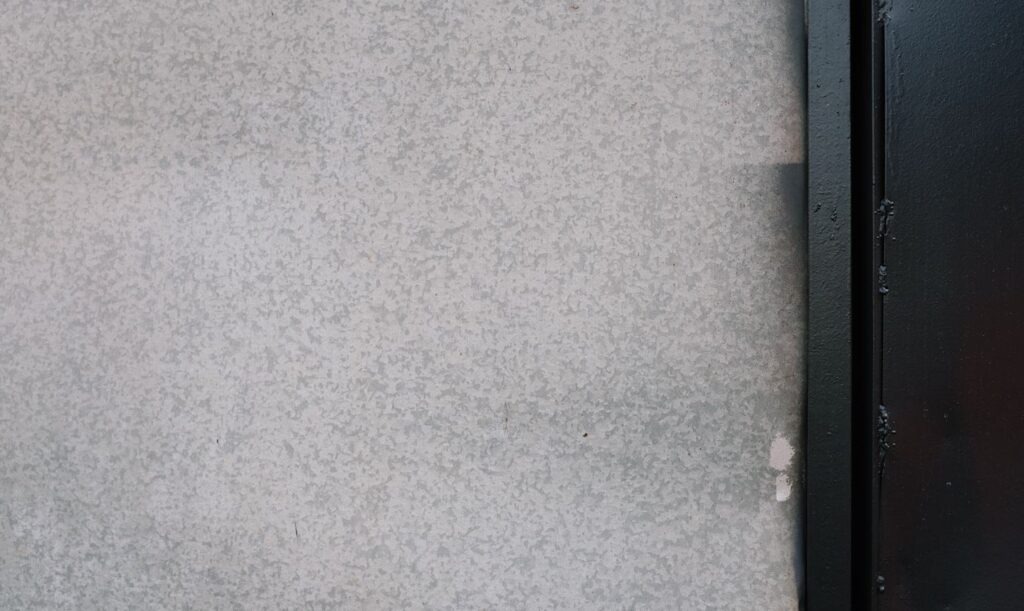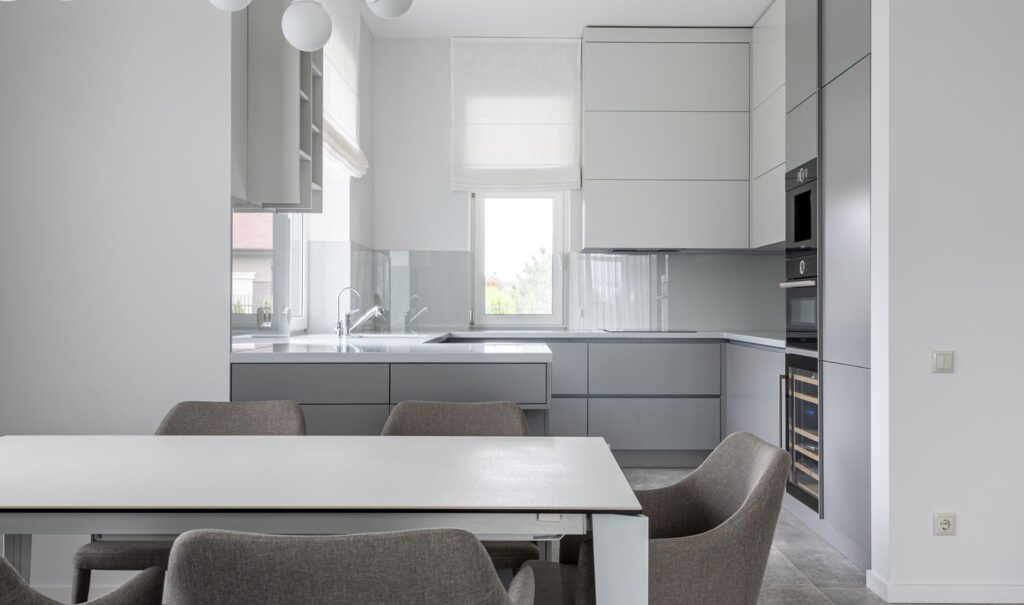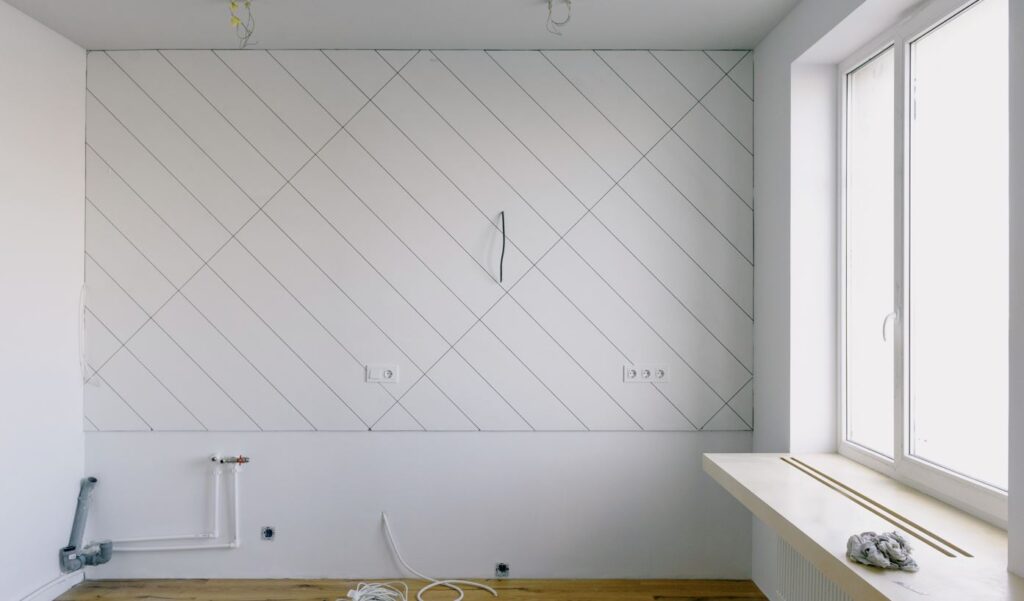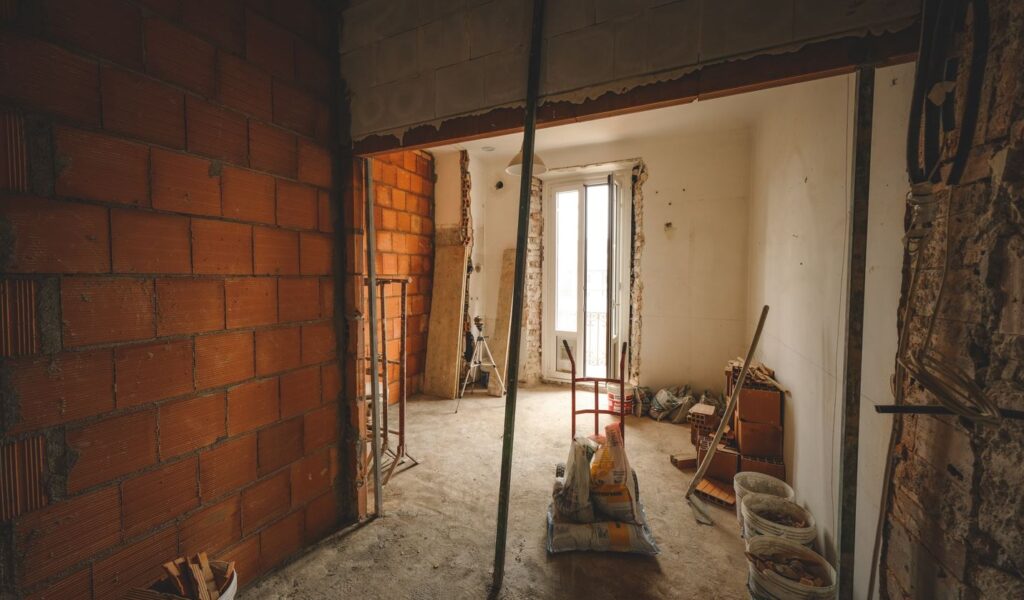Some people find the classic appeal of brick walls. However, for some, it's an annoyance that must be hidden or eliminated. Many enquire as to whether or not plaster can be applied directly to a brick wall for concealment.
Plastering over brick is a great option for hiding unsightly brickwork when remodelling a room. Wet plastering, the process of applying plaster directly to bricks, is effective under the right circumstances. The efficiency and noise reduction of this method make it the best option.
When a brick wall is plastered over, what exactly happens? Read on for an in-depth guide with detailed instructions and helpful hints.
Why are bricks plastered?
Brick walls are commonly used in buildings because of its longevity, robustness, and timeless aesthetic. Brick walls, however, need care and upkeep if they are to last for any length of time. Plastering is a standard way to enhance the look and longevity of a brick wall. Some of the most common justifications for plastering brick walls are as follows:
Weather protection
Weather conditions including rain, wind, and snow can wreak havoc on brick walls. Plaster acts as a secondary barrier against water, reducing the likelihood of mould growth and structural damage to the wall. This is crucial for outside brick walls that are constantly subjected to the environment.
Insulation
Insulation against temperature swings is provided by plaster. This can assist maintain a comfortable temperature within a structure while decreasing the need for heating and cooling systems. Plaster has the added benefit of sealing off draughts and making a structure more energy efficient.
Aesthetic appeal
A brick wall's look can be enhanced by applying plaster. Some individuals like the rustic charm of exposed brick, while others would rather have a sleek, spotless finish. Plaster can be used to cover over ugly stains or blemishes on the brick or to conceal flaws in the brick itself. It also lets you add your own style to the wall by choosing from a wide range of colours and materials.
Maintenance
Plastering a brick wall can reduce the frequency of necessary repairs. As a result, the surface is sleek and simple to care for. Mold and mildew thrive in humid settings, but this helps keep them at bay.
Plastering a brick wall creates a protective layer against moisture and weather damage, hence decreasing the frequency of repairs. A brick wall that is constantly subjected to the weather is much more likely to deteriorate than one that is covered up. Plastering the wall creates a layer of protection that shields the brick from moisture and other external elements, making it more resistant to damage like this.
Plastering can also help reinforce the wall's structural integrity by filling up any cracks or gaps. The wall may last longer without incurring any further damage, saving money on maintenance.
Plastering a wall also helps to make it look better by making it smoother and cleaner. Brick walls that are particularly ancient or have been damaged and require repair may benefit greatly from this, since they can be cleaned of the years' worth of filth and grime that have accumulated on them.
Plastering a brick wall adds a protective layer, reinforces the wall, and makes the wall look better, all of which contribute to a decrease in repair and maintenance costs. If you want the plastering done right and the right kind of plaster for your purposes, it's best to contact a professional.
Structural integrity
The strength of a brick wall can be enhanced by applying plaster. It can be used to repair broken bricks and stop future deterioration by sealing gaps and fissures.
Plastering a brick wall has many advantages, including weatherproofing, insulation, an enhanced appearance, reduced maintenance needs, and enhanced structural stability. Plastering brick walls is a viable alternative for increasing their longevity and aesthetic appeal, even if some individuals prefer the look of exposed brick. A professional plasterer should be hired to guarantee the task is done right and to prevent any harm to the wall.
How to Apply Plaster to a Brick Wall
Clean the Wall
Dirt and other detritus seem to cling to brick even when you don't want them to. When it comes time to plaster over the brick, it might become an annoyance. A spotless finish is prefered.
You might try wiping the wall down with a damp rag or towel to remove the grime. Alternatively, you might use a pressure washer to swiftly and efficiently get rid of the clutter. Be wary of the power of a pressure washer, since standing too close to the brick could cause damage.
Dampen the Wall
Wet surfaces, such as brick, will absorb more water than dry ones, and plaster contains some moisture of its own because it is made with water. This will cause the plaster to dry out more quickly than it should since the brick will act as a sponge. Plaster's strength is diminished and it loses its ability to adhere to the wall.
In contrast, the plaster won't lose any of its moisture to the bricks if you wet the surface well. This will prevent the plaster from drying too rapidly or improperly. You should wet it until you see water trickling down the wall, but not so much that it soaks through.
Mix the Plaster
Although it may appear simple, mixing the plaster properly is crucial to the success of your project. When making a mix, water should be added first, followed by the dry ingredients. Make sure the mixture is solid but not lumpy so that it holds its shape when manipulated with the hawk and trowel.
Apply a Thin Layer
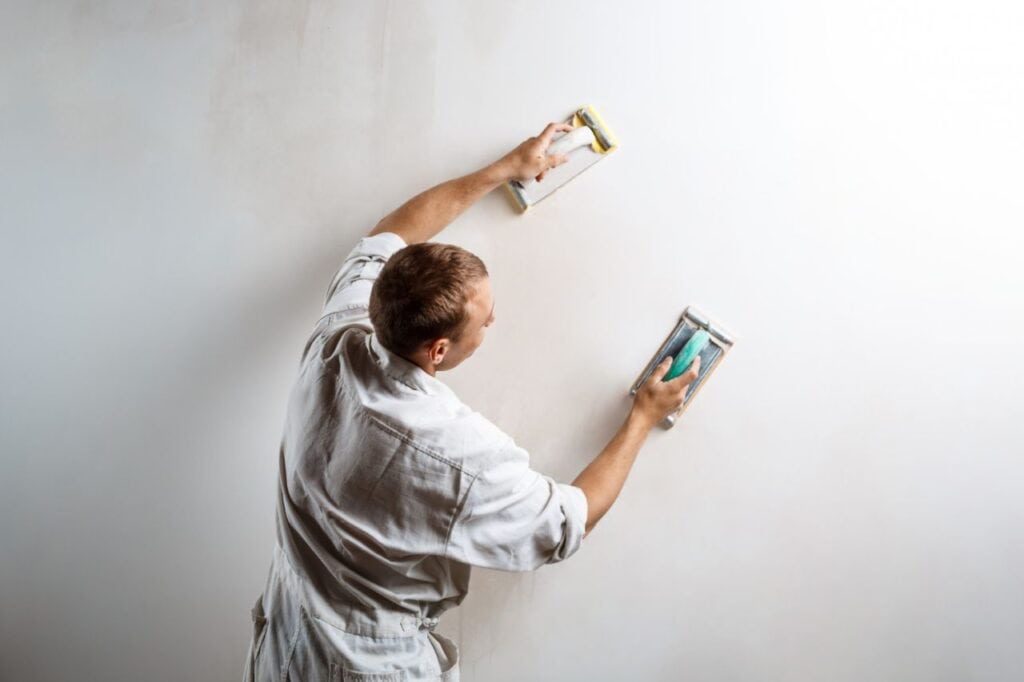
After the plaster has been mixed, it can be applied to the wet wall. Use a thin coating, and only work on an area that can be covered in 30 minutes.
This is simply the first, preliminary coat of plaster. It's okay if it's not flawless. This skimpy layer is merely a stopgap measure until the bricks can be properly covered.
Look at the Level
The primer, however, must be perfectly even. When more layers are applied, it becomes increasingly difficult to correct an uneven surface. With the aid of a long level, you may mark the depth you need to remove and then use a flat board to remove it.
Making sure the bottom is flat will make the project look less like the work of a beginner and more like that of an experienced craftsman.
Put on an Extra Layer
The wall's following layer must be more presentable than the previous one. The purpose of this is to smooth out the wall and remove any imperfections. As this may be the final layer, you can begin polishing the edges, however it's always a good idea to add yet another one using the same guidelines.
Make It As Smooth As Possible
If you're almost done, give it one last thorough polish. Unless you plan on painting over it, this is how it will stay forever. In that case, a smooth, clean surface is preferable for painting. It's crucial that the final layer be sleek and uncluttered.
Tips in Plastering a Brick Wall
- Prepare: The brick wall needs to be clean, dry, and free of loose mortar and dirt before it can be plastered. Clean it up by scraping or brushing away any debris with a wire brush. Mortar or another suitable filler should be used to seal any gaps or cracks. Before applying the plaster, you should additionally moisten the wall with water to improve the plaster's adhesion.
- Choose the right plaster: Depending on the needs of your project, select the appropriate sort of plaster among the many that are available. Cement-based plaster is more durable and weatherproof than other forms of plaster, making it the prefered choice for usage on exterior walls.
- Use the right tools: Tools including a trowel, hawk, and plasterer's float are essential for the job. Incorrect equipment might cause an uneven application and a subpar finish, so be sure to use the right tools for the job. It's also crucial to keep the equipment free of dust and dirt as the work progresses.
- Apply in thin layers: To get a uniform appearance, plaster should be put in thin layers. With time, cracks or peeling may appear in plaster that was laid overly thickly. With a trowel, spread the plaster evenly and smoothly from the base of the wall to the top.
- Smooth out: After applying plaster, it is necessary to even out any irregularities. Plastering floats are flat, rectangular tools with handles that can be used for this purpose. Use a smooth, sweeping motion while holding the float at a small angle to apply the plaster. Doing so will aid in the production of a flat, even surface.
- Make sure it dries out: It's crucial to wait until the plaster is entirely dry before adding any final touches. Drying time varies with the type of plaster used and the environmental factors at play during application. Before adding any final touches or coats, waiting at least 24 hours is advised.
- Finish the plaster: When the plaster is dry, the job can be completed. Sanding, texturing, or painting are only some of the methods that can be used for this purpose. Your choice of finish should reflect both your individual taste and the style you're going for.
- Safety measure: Plastering often requires using potentially dangerous chemicals and equipment. Do not risk injury or exposure to potentially hazardous materials without first donning protective gear such gloves, eye goggles, and a dust mask. Working on a ladder or scaffold requires special attention to safety precautions.
- Hire a professional: It is suggested to engage a professional plasterer if you do not have experience with plastering brick walls. If you want the job done right, and you want guidance on the best plaster to use and the right tools and procedures to achieve a high-quality finish, you should hire a professional.
To successfully plaster brick walls, one must plan ahead, utilise the right equipment and methods, and pay close attention to detail. If you follow these guidelines, you'll be able to give your brick walls a protective coating that also makes them look great. Plastering brick walls may be dangerous if done incorrectly, so it's best to leave it to the pros if you're not sure what you're doing or lack experience.
The Negative Effects of Plastering a Brick Wall
Plastering a brick wall may be more or less expensive depending on variables including wall area, plaster type, and labour intensity. The total price, including supplies and labour, can be anything from $10 to $20 per square foot.
Plastering a brick wall does have certain drawbacks though, so keep that in mind. Plastering has the potential drawback of hiding the brick's original texture and beauty, which may not always be desirable.
Plastering, especially on a large wall or one with many detailed mouldings, may be time-consuming and costly.
Another drawback is that plastering can make walls less breathable, which can lead to mould and mildew growth. As brick walls are porous and enable air to circulate, they are great for controlling humidity and preventing the growth of mould and mildew.
Plastering a brick wall prevents this natural airflow, which can lead to mould and rot over time.
Any brick wall defects or imperfections can be concealed by applying plaster.
Plastering over fractures or other structural faults in a wall may hide the problem momentarily, but it won't fix the underlying problem. This may necessitate more extensive and costly repairs later on.
Plastering a brick wall may be a time-consuming and expensive process with a number of drawbacks. Carefully consider the benefits and drawbacks of plastering a brick wall, and if you're still hesitant, seek the advice of an expert. You may get expert guidance on whether or not plastering is the right choice for your project, as well as recommendations on the best plaster to use and how to apply it.
Conclusion
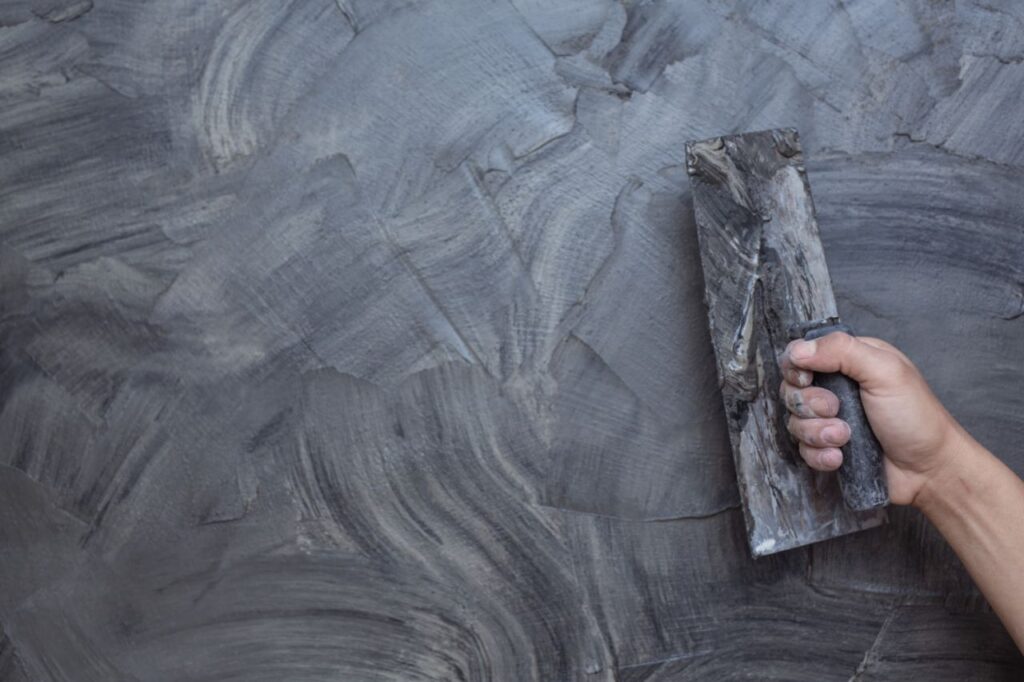
When redecorating a room, you can easily cover up unsightly brickwork by plastering over it. Plaster applied directly to bricks, a process known as "wet plastering," can be effective in the right situations.
Plastering a brick wall is a common practise that serves to protect the wall from the elements and adds insulation. The insulation, beauty, and low maintenance that comes from plastering a brick wall. It can be used to hide flaws, add a personal touch, and cover up stains or blemishes.
As a bonus, it makes repairs less frequent and adds a layer of defence against the corrosive effects of water and the elements. Brick walls can be made stronger, more aesthetically pleasing, and require less maintenance if they are plastered.
If you want the job done right and without damaging the wall, hire a professional plasterer. Remove dust and other debris from the wall by wiping it down with a damp rag or towel. Use a pressure washer to dampen the wall to slow the drying of the plaster.
To avoid premature drying or improper setting of the plaster, thoroughly wet the surface. Apply a thin coat of properly-mixed plaster to the damp wall. Use a long level to smooth out the primer and get rid of any bumps.
Plastering a brick wall properly involves making sure the wall is clean, dry, and free of loose mortar and dirt. Plaster should be applied in thin layers and then smoothed out with a plastering float to achieve a consistent finish.
Plaster must be completely dry before finishing touches can be applied. Wearing protective gear like gloves, eye protection, and a face mask is essential, and if you don't know what you're doing, it's best to hire a professional plasterer.
Content Summary
- Some people find the classic appeal of brick walls.
- Many enquire as to whether or not plaster can be applied directly to a brick wall for concealment.
- Plastering over brick is a great option for hiding unsightly brickwork when remodelling a room.
- Wet plastering, the process of applying plaster directly to bricks, is effective under the right circumstances.
- When a brick wall is plastered over, what exactly happens?
- Why are bricks plastered?
- Plastering is a standard way to enhance the look and longevity of a brick wall.
- Weather conditions including rain, wind, and snow can wreak havoc on brick walls.
- Insulation against temperature swings is provided by plaster.
- A brick wall's look can be enhanced by applying plaster.
- Plaster can be used to cover over ugly stains or blemishes on the brick or to conceal flaws in the brick itself.
- It also lets you add your own style to the wall by choosing from a wide range of colours and materials.
- Plastering a brick wall can reduce the frequency of necessary repairs.
- Plastering a brick wall creates a protective layer against moisture and weather damage, hence decreasing the frequency of repairs.
- Plastering can also help reinforce the wall's structural integrity by filling up any cracks or gaps.
- Plastering a brick wall adds a protective layer, reinforces the wall, and makes the wall look better, all of which contribute to a decrease in repair and maintenance costs.
- If you want the plastering done right and the right kind of plaster for your purposes, it's best to contact a professional.
- The strength of a brick wall can be enhanced by applying plaster.
- When it comes time to plaster over the brick, it might become an annoyance.
- This will cause the plaster to dry out more quickly than it should since the brick will act as a sponge.
- In contrast, the plaster won't lose any of its moisture to the bricks if you wet the surface well.
- This will prevent the plaster from drying too rapidly or improperly.
- Mix the Plaster Although it may appear simple, mixing the plaster properly is crucial to the success of your project.
- When making a mix, water should be added first, followed by the dry ingredients.
- Make sure the mixture is solid but not lumpy so that it holds its shape when manipulated with the hawk and trowel.
- After the plaster has been mixed, it can be applied to the wet wall.
- This is simply the first, preliminary coat of plaster.
- This skimpy layer is merely a stopgap measure until the bricks can be properly covered.
- Making sure the bottom is flat will make the project look less like the work of a beginner and more like that of an experienced craftsman.
- The wall's following layer must be more presentable than the previous one.
- The purpose of this is to smooth out the wall and remove any imperfections.
- It's crucial that the final layer be sleek and uncluttered.
- The brick wall needs to be clean, dry, and free of loose mortar and dirt before it can be plastered.
- Before applying the plaster, you should additionally moisten the wall with water to improve the plaster's adhesion.
- Depending on the needs of your project, select the appropriate sort of plaster among the many that are available.
- To get a uniform appearance, plaster should be put in thin layers.
- With a trowel, spread the plaster evenly and smoothly from the base of the wall to the top.
Frequently Asked Questions About Plastering
Plaster is more expensive than gypsum. Cement and cement lime plaster are cheaper alternatives. The substance used is chlorine, which is highly toxic in its pure form.
White cement is not the same as plaster; it has a different consistency. The former, made of gypsum, is used to make casts for medical purposes (such as when repairing a fracture), while the latter is put on walls to make them shine.
Many people fear working with plaster because of its inherent dangers. Though it is not dangerous in the right hands, the substance is generally considered safe for everyday use. Anything embedded in the plaster runs the risk of being trapped and subjected to extreme heat.
Plaster is the best option for repairing gaps in plaster walls because its properties are more likely to match the wall material. Plaster isn't often used to repair drywall, but it does a great job of reinforcing interior walls.
When you want to clean your Venetian plaster walls, all you have to do is wipe them down. In order to lengthen the life of walls, routine maintenance such as cleaning and sealing is recommended.

